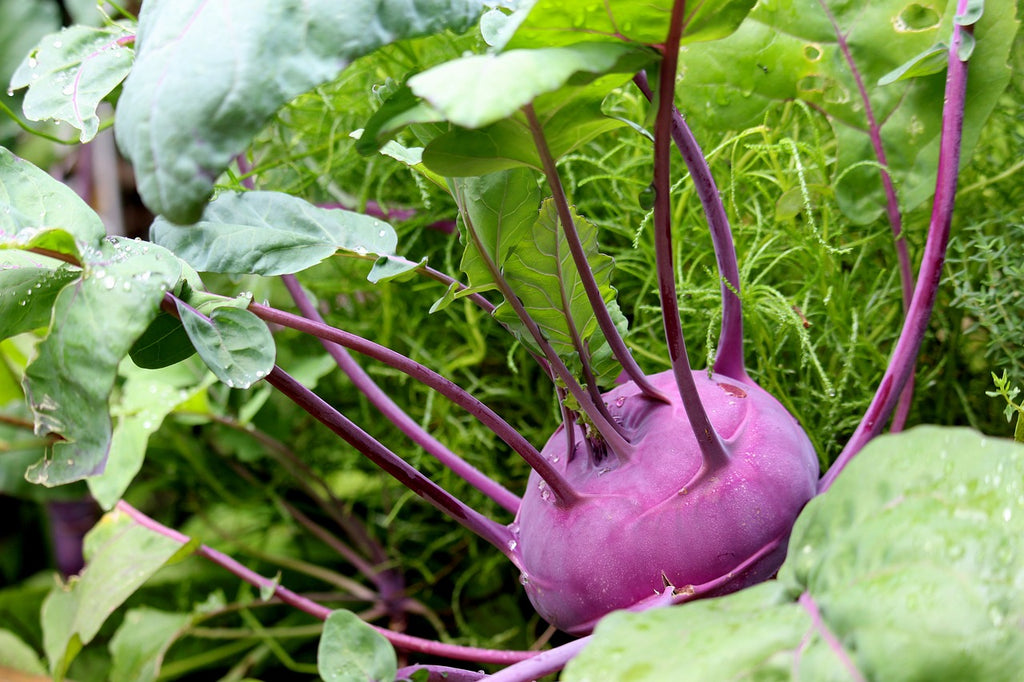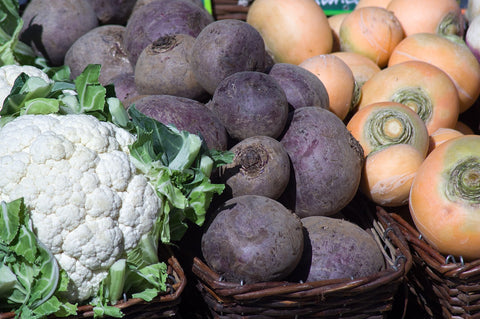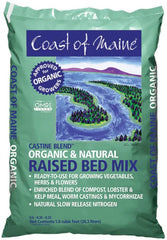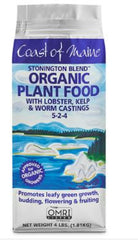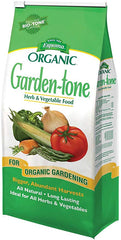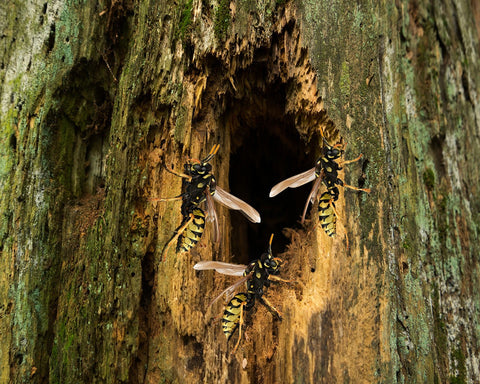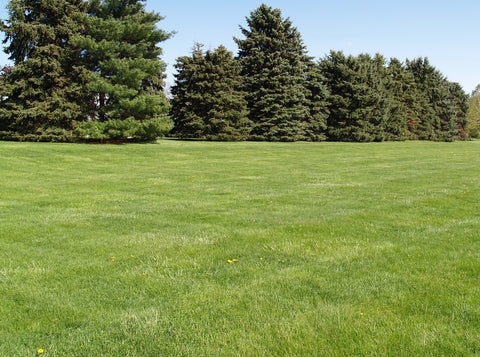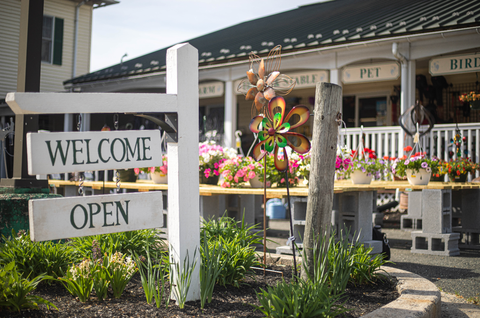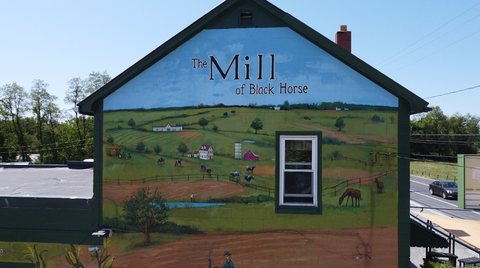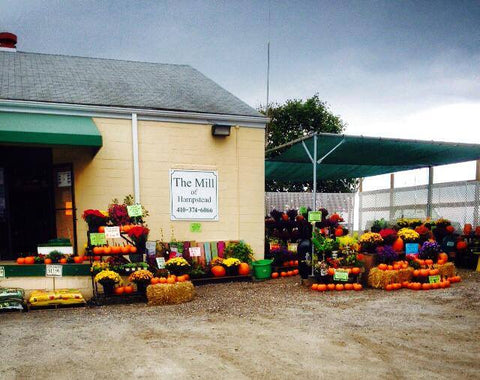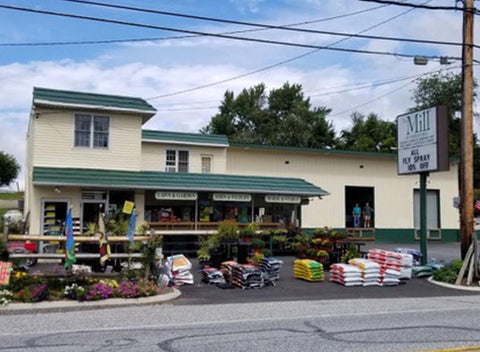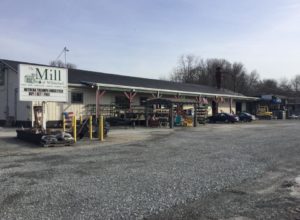Fall cold crops are crops that grow as the days get shorter and cooler. Included in this encompassing term are lettuce, turnips, carrots, spinach, cabbage, kale, collards, onions, kohlrabi, beets, radish, chives, brussels sprouts, parsnips, leeks, beets, swiss chard, and winter peas.

Many are root vegetables that will grow until the ground temperature gets lower than 40 degrees. After the ground becomes colder the roots suspend growth until temperatures rise again. The soil must be permeable to the roots of these cold crops so that they can develop into edible sizes. It is also best when planting root crops to make sure your soil is phosphorous and potassium-rich and somewhat nitrogen-poor. Nitrogen supports green growth and while you may want to eat turnip greens and beet tops, root crops are mainly grown for their bulbous roots. Higher potassium and phosphorous make for sweeter and larger roots. Use bone meal or another high potassium and phosphorous additive to fertilize your root crops.
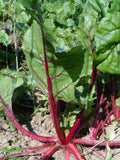
For the leafy crops, the soil should be slightly higher in nitrogen and still have adequate potassium and phosphorus. Too much nitrogen can burn the tips of leafy vegetables. Fish emulsion and organic fertilizers are safer for vegetable crops.
Make sure you have boron present in your soil when growing broccoli, spinach and lettuce as the plants will develop hollow stems if boron is low. Boron helps in cell wall development in cauliflower, cabbage, and spinach. The University of Delaware Cooperative Extension Service recommends the following:
Crop Requirements
From Boron Deficiencies and Toxicities in Vegetable Crops by Gordon Johnson, Extension Vegetable & Fruit Specialist, University of Delaware Cooperative Extension
Crops with high boron requirements (3 lbs/A): Broccoli, cabbage, cauliflower, rutabaga, turnips, beets, and Swiss chard, spinach
Crops with medium boron requirements (2 lbs/A): Asparagus, carrots, cucurbits, eggplants, leeks, okra, onions, parsnips, radishes, strawberries, sweet corn, tomatoes, potatoes
Crops with low boron requirements (1 lb/A): Peppers, sweet potatoes
Crops with very low boron requirements (no application): Beans, peas
The soil in your gardens should be friable and easy for the roots of your crops to push into. Raised beds are easier to grow root crops in if your soil consists of heavy clay or is rocky.
For good root production plants should have at least 8-10 inches of good-quality soil. Organic raised bed soil and organic amendments like Leaf Gro mixed make for permeable soil. Keep in mind that mixes often do not have fertilizer in them.
Typically, you would fertilize in the spring prior to planting, mixing the fertilizer into the soil. In raised beds when rotating warm and cool season it is beneficial to do a ½ application of fertilizer to be added for the cool season crops. With high temperatures and dry weather in a self-contained bed you can leach nutrition out of the container over the summer. Using an organic fertilizer like the Coast of Maine Stonington Blend or Espoma Garden Tone will not burn plants if applied correctly.
With the smaller raised beds, you can cover your crops and protect them from insects. Floating row covers are light and easy to work with.
In mild winters on the Eastern Shore, you can plant kale and turnips to harvest through most of the winter. Depending on the severity of winter weather, cold crops can last into spring.
